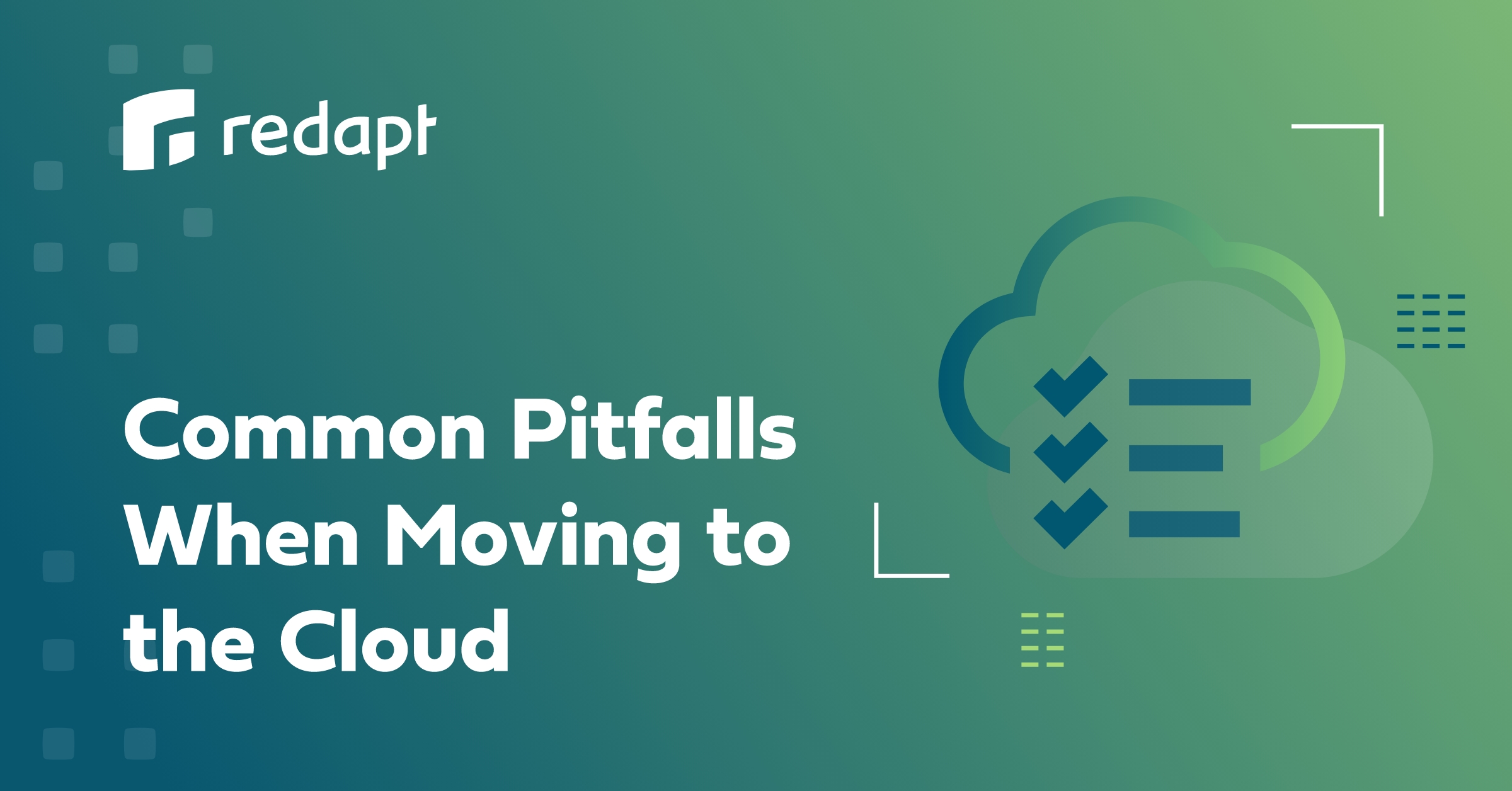Data is more valuable than ever. So when companies look to migrate to the cloud, it makes sense that some may be apprehensive. To ease the nerves, we'll explain the safe and fearless way to migrate data. It might not be nearly as scary as you think.
Why Move to the Cloud?
Cloud computing plays an integral role in modern digital transformations. It allows users to access applications and data through the internet versus hardware. Cloud computing programs provide more flexibility than legacy systems and are relatively affordable. IBM defines the three major benefits of cloud computing as flexibility, efficiency, and strategic value.
Cloud computing programs are flexible for two reasons:
- They’re highly customizable and users can access their programs anywhere with internet connection
- Operating in the cloud allows companies to bring the most innovative digital products to market without worrying about the underlying infrastructure
Common Concerns
Two of the most common concerns in data migration to the cloud include security and cost. While overall trust in the cloud continually improves, many companies rightfully worry about cybersecurity breaches.
A recent Government Technology article by Dan Lohrmann reports that on average, 44% of IaaS market share goes to non-production cloud computing costs. While companies often save money moving to the cloud, there’s still a lot of waste in the system.
Moving Smart
Lohrmann recommends following a seven- step process to securely and effectively move your data to the cloud:
1. Know your data
Understand where your most critical data lies and how sensitive it is. Understand what operations your organization already executes in the cloud.
2. Define your data lifecycle
Know when and where data is collected, who is responsible for it and what current policies exist to protect it.
3. Decide on your options
The IaaS and SaaS market is burgeoning with options and service providers. Know what’s available and what’s most appropriate for your data and company.
4. Define roles
Decide who has access to the data, who will serves as the custodians and what access levels they should have.
5. Encrypt your cloud database
This is one of the most important steps in securing your data in the cloud. Decide who will have access to encryption keys and what specific data will be encrypted.
6. Test your system
Once your program is in place, regularly test your control system.
7. Back up your data
Like all data storage systems, make sure to back up your data. Determine which backup methods work best for your organization. Ultimately, the customer is responsible for backups, not the cloud service provider.
Thinking about migrating your data and looking for a partner to help you out? Whether you just have a few questions or you're looking for someone to guide you every step of the way, reach out and schedule a call with our data migration experts. We're here to help.
Accelerate Your Cloud Strategy.
Inside this FREE ebook you’ll learn:
- How to get the most out of your cloud investment
- How to close the IT talent gap
- How to implement, utilize, and automate cloud services
Categories
- Data & Analytics
- Enterprise Infrastructure
- Cloud Adoption
- AI/ML
- DevOps
- Application Modernization
- Kubernetes
- Featured
- Google Cloud Platform (GCP)
- Multi-Cloud Operations
- Workplace Modernization
- Cloud
- Microsoft Azure
- Security & Governance
- News
- Tech We Like
- Amazon Web Services (AWS)
- IoT and Edge
- Security
- SUSE Rancher
- Artificial Intelligence (AI)
- Azure Security
- redapt
- migration
- CloudHealth
- Intel
- Snowflake
- Social Good
- AMD
- Azure Kubernetes Service (AKS)
- Generative AI
- Hybrid Cloud
- NVIDIA
- TimeXtender
- containers
- optimization
- CoreStack
- Customer Lifecycle
- Data Storage
- Elastic Kubernetes Service
- GPU
- Hardware
- Machine Learning (ML)
- Managed Services
- Storage
- VMware
- xIoT



